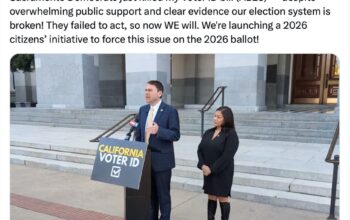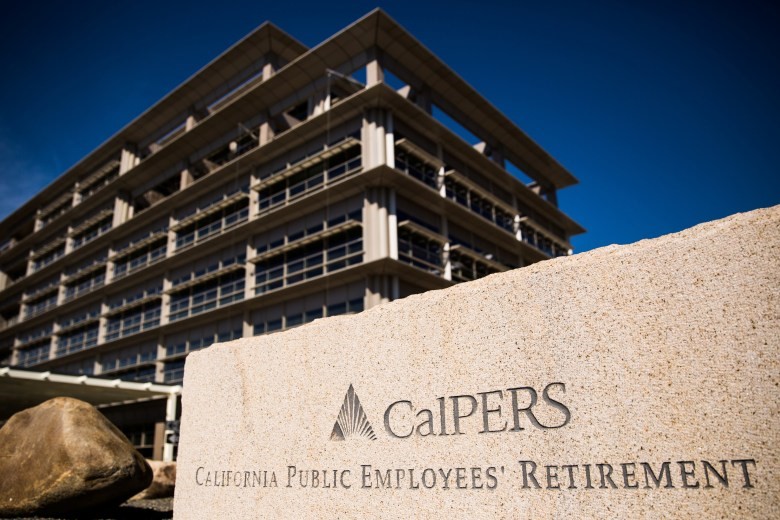Alum Rock in the 1980-‘s was the first district in the nation to create charter schools. Now the district is known for failure, holding students hostage and being so bad that four schools have to close—due to lack of students.
“Charter school chains, including Alpha, KIPPS and Rocketship, have popped up in the area over the past decade. As they have attracted students from district schools the money available to the district has shrunk, said trustee Minh Pham.
These factors combined with a history of budget mismanagement, including a 2017 audit that uncovered fraud and misappropriation of district money, “have created this reality,” trustees said.
Faced with this, the board created a committee to explore closing schools and leasing out the campuses. According to district documents, closing three schools could save more than $20 million a year. Based on community feedback, the committee will recommend which schools to close out a pool of seven at the board’s May 13 meeting. Initially, 10 schools were considered for closure.
From great to being a San Jose version of LAUSD. The good news is that private charter schools are getting the students—not other failed government schools.
Alum Rock Union School District to close San Jose schools

by Lorraine Gabbert, San Jose Spotlight, 3/11/21
One cash-strapped school district that educates some of San Jose’s neediest students may close up to four campuses next school year, as declining enrollment and longtime financial pressures come to a head.
The Alum Rock School District Board was set to hear feedback on the plan to close an estimated $7.8 million deficit on Wednesday but rescheduled that meeting to later this month. The board will discuss the district’s budget tonight.
“It’s a difficult time for us all,” Board President Corina Herrera-Loera told San José Spotlight. “We’re in the process of reopening our schools and at the same time having that conversation of which schools we’d consider closing.”
Schools are funded by a complicated combination of local property tax revenue and a state formula based on per-day attendance. As enrollment has shrunk, with families moving out of the area or choosing to send their children to charter schools, so has the district’s budget. About 550 students, enough to fill an entire school, have left the district since the COVID pandemic began.
Schools under consideration for closure
Elementaries
Cesar Chavez
Lyndale
San Antonio
Middle Schools
Fischer
Mathson
Shepard Middle Schools
Ocala STEM Academy
Upcoming Meetings
5:30 Thursday, March 11
CreaTV local channel 28
“This pandemic has affected our families in the East Side community the most,” Herrera-Loera said. “There are parents who have lost their jobs. They’ve had to move elsewhere to afford living in a home.”
Charter school chains, including Alpha, KIPPS and Rocketship, have popped up in the area over the past decade. As they have attracted students from district schools the money available to the district has shrunk, said trustee Minh Pham.
These factors combined with a history of budget mismanagement, including a 2017 audit that uncovered fraud and misappropriation of district money, “have created this reality,” trustees said.
Faced with this, the board created a committee to explore closing schools and leasing out the campuses. According to district documents, closing three schools could save more than $20 million a year. Based on community feedback, the committee will recommend which schools to close out a pool of seven at the board’s May 13 meeting. Initially, 10 schools were considered for closure.
“This is one of those decisions that is going to be hard,” Herrera-Loera said. “Any community that has a closed school, it’s going to impact that community in the future.”
However, Herrera-Loera said the district doesn’t have a choice and the next hard decision will be which schools to close.
Critics of the plans argue that the district is obfuscating the real impact of the fiscal pain—saying that it is likely more schools will close in the future. Others say that children in the district will ultimately be harmed by the closures.
Kids in need
The district is the educational home to 11,266 students in 28 elementary and middle schools. Nearly 100% of its student body is non-white and more than 80% of students qualify for subsidized lunch programs.
“All 10 of these potential school closures would take place in East San Jose and directly affect working-class residents of color,” saidKiana Simmons, president of the community activist group Hero Tent. “We care about the students. If a school isn’t as accessible, it’s a huge problem.”
Maritza Maldonado, executive director of the nonprofit Amigos de Guadalupe, said she understands the district has to make hard decisions as enrollment continues to decline because Alum Rock has been underfunded for years. Closing schools could free up more money for the district’s remaining students, she said.
“The disparities even within East Side schools is greater in Alum Rock,” Maldonado said. “Any way they can generate income to address the disparities for the children that are there is the only way I think they can go.”
More to come?
Although Pham and Herrera-Loera are adamant only a few schools will close, a March 4 meeting of the advisory committee indicated that more would need to be closed in two to three years.
Teacher Sandra Rivera said it is difficult for educators to wonder year after year if their school is the next to be closed. She’d rather the district wait to decide rather than closing a few now and more later.
“I would hate to have this be a rushed, rash decision, where we’re going to close three schools, but we still know that’s not quite enough,” Rivera said. “Instead of doing this in a super expedited feeling now…(we should) really look at what it’s going to take in order to keep us afloat with the least amount of movement and the least amount of school closures and come up with a number, whatever it may be.”
District union leader and teacher Jocelyn Merz also supports a slower approach.
The district faces a $7.8 million budget shortfall. Trustees in 2019 said the district needed to make $14 million in cuts to balance its budget, leading to the elimination of 50 positions including all the district’s librarians.
“The decision to close any school is always an extremely difficult one,” Merz said. “However, to select which one or ones will be affected is nothing short of painful.”
Merz believes more savings from administrative costs—including sharing principals among campuses—should be considered before school closures.
“Let’s first look seriously at those cuts that have the least impact on the students and classrooms,” she said. “I think everyone has been through enough hard times and inconsistency this last year due to the pandemic.”
The plan
Trustee Pham told San José Spotlight the board hoped to avoid disrupting students’ lives. There will always be a school in every part of the district, he pledged. He pushed back on concerns that 10 or more schools may be on the table for closure at some point.
“As a trustee, I would not vote to do such a thing,” Pham said.
Herrera-Loera said neighborhood schools in underserved communities are an important factor for increased parent participation and student enrollment.
“We want to get input from different stakeholders and from the families that are going to be affected,” she said. “By law, we created this committee to come to us with recommendations. We’re making sure the community is listened to so we can make the best decisions for our children and families and teachers and staff.”
New potential uses for the closed schools could include a health clinic, community arts program, homeless shelter, daycare, senior housing and teacher housing. Any new lease of the land would be for no more than five years, Pham said.
Contact Lorraine Gabbert at [email protected].



